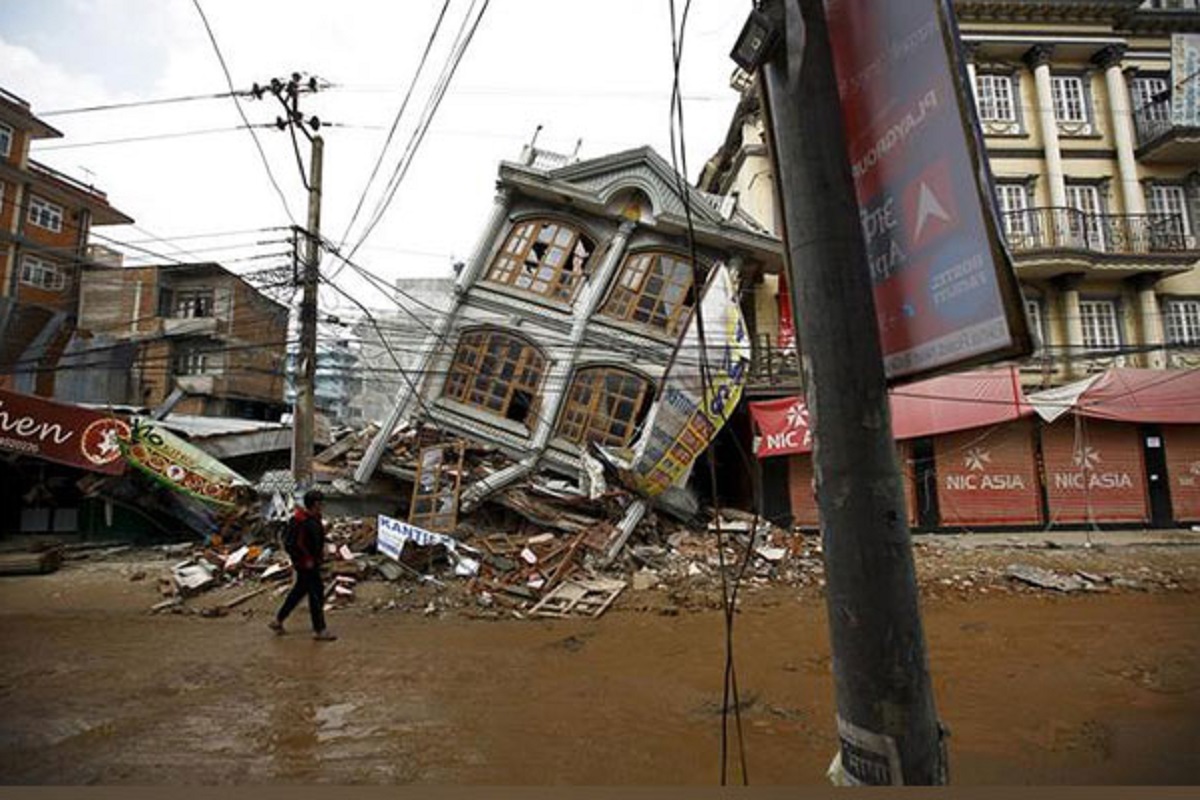Two days after more than 150 people were killed in a 6.4 magnitude earthquake, Nepal was Monday jolted by another strong intensity quake measuring 5.6 magnitude on rector scale. The tremors of the earthquake were felt in Delhi-NCR and some parts of Uttar Pradesh. The epicentre of earthquake was said to be 233 kilometres north of Ayodhya in Uttar Pradesh and it struck at the depth of 10 KM.
“Earthquake of Magnitude:5.6, Occurred on 06-11-2023, 16:16:40 IST, Lat: 28.89 & Long: 82.36, Depth: 10 Km ,Region: Nepal”, the National Centre for Seismology posted on X.
Advertisement
Sanjay Kumar Prajapati, a National Centre for Seismology Scientist, said that this was an aftershock of the magnitude 6.4 earthquake that struck Nepal on November 3. The tremors of today’s earthquake were felt in Delhi for around 10 seconds.
“Another earthquake has hit Nepal. The magnitude of the earthquake is 5.6…this is an aftershock of the earthquake that happened on November 3. So far 14 aftershocks have come, this was the one with the highest magnitude so far…when a big earthquake happens, aftershocks keep happening…Delhi felt the tremors for 10 seconds…,” he said.
At least 14 earthquake ranging from minor to strong intensity have struck Nepal in the last 48 hours with strongest one of magnitude 6.4 on Friday at 11.32 pm, according to the National Centre for Seismology (NCS), Ministry of Earth Sciences, Government of India. Multiple earthquakes also hit Myanmar, Afghanistan and Manipur in India during the same period but of comparatively low intensity.
All these places are located in the fault lines of the Indian and the Eurasian tectonic plates. The increased earthquakes along the India-Eurasia tectonic plates have been troubling seismologists, according to whom, the Indian plate is driving into Eurasia at a rate of approximately 47 mm/year.
According to scientists, the reason why Nepal and its surrounding northeast India region face earthquakes so frequently is that there is a huge fault line characterized by the Indian tectonic plate sliding under the Eurasian plate, forcing the latter upwards and causing drastic shaking of the region.











